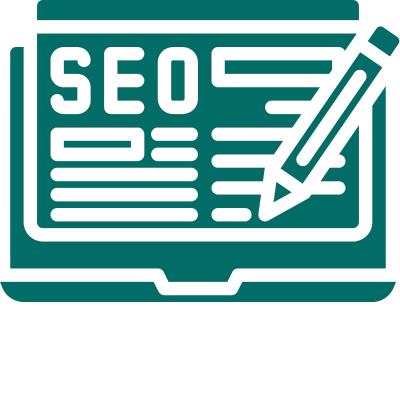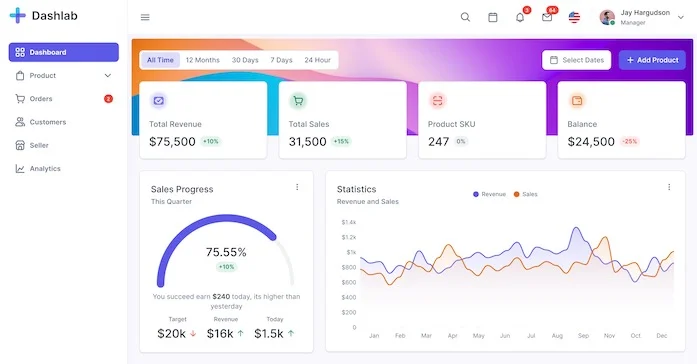Whether you are a business owner, manager, or sales director, a professional and good-looking website is what you need to showcase your brand’s value and attract potential customers.
In this guide, we’ll go deep into the basics of website design and development, including what makes a good website and the distinctions between a website developer and a web designer.
By understanding these concepts, you’ll have a better grasp of the work that goes into your website and have a deeper appreciation of the “magic” that web designers and developers can do for your website.
Table of Contents:
- What is website design and development?
- What is web design?
- Key elements of effective web design
- What is web development?
- Types of web development
- Website development process
- Web design vs web development
- Web designer and web developer: Can one person wear both hats?
- Why should you hire a web developer and designer?
What is website design and development?
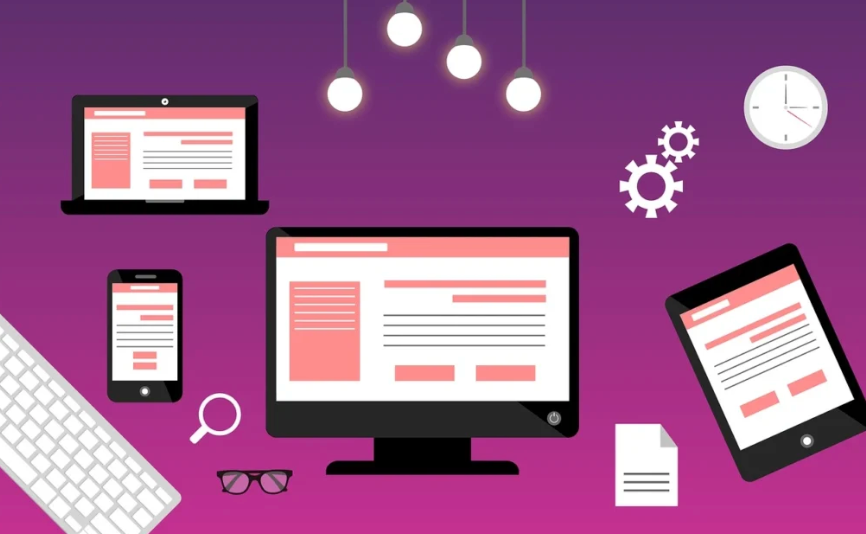
Website design and development is simply the process of creating a website. Quite apparently, it is composed of two primary parts: website design and website development.
In terms of their basic technical aspects, there’s a clear distinction between the two. On one hand, web design focuses on making the website visually and aesthetically. This involves working with elements like layout, color scheme, and other visual features.
On the other hand, web development is centered around building and maintaining the website, such as creating its functionality, interactivity, and user experience. Think about coding, identifying and fixing bugs, and ensuring network security, among other things.
Overall, both web design and development are essential components of creating a successful website. Without a well-designed and developed website, your business may be missing out on a multitude of growth opportunities. It could also mean losing out on improving your visibility and reach, attracting leads and conversions, and establishing credibility and trust with potential customers.
What is web design?
As mentioned earlier, web design involves creating the overall look and feel of your website. Here, you get to showcase and reinforce your brand’s identity and communicate your message to your potential customers.
Although it is often associated with visuals and aesthetics, it’s important to recognize that it also ensures that the website is easy for users to navigate and use without any confusion.
So now, the question is, what makes a good website design?
A good and effective web design is one that:
- Captures the user’s attention and interest from the moment they arrive on your website
- Encourages users to stay longer and explore content
- Clearly and effectively conveys your brand message
To make that happen, your website needs to incorporate the key elements of an effective web design.
Key elements of effective web design
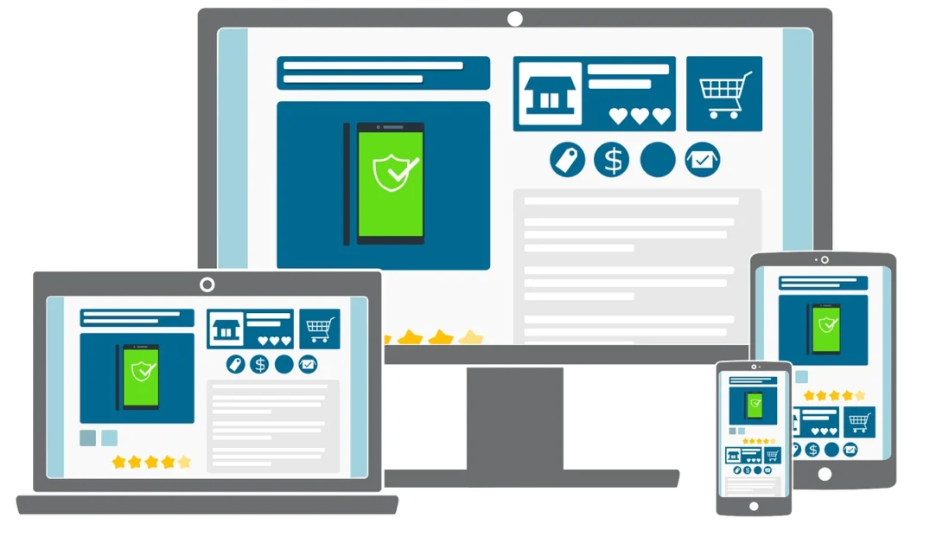
There are several guiding principles that can assist you in creating an effective website. This includes the following:
1. Responsive design
Responsive design refers to a website’s capacity to adapt to various screen sizes, such as desktop computers, laptops, tablets and mobile phones.
This allows for components such as the layout, text, and images or media to adjust automatically based on the device being used, providing a smooth and seamless user experience.
Imagine having to deal with text that is too small to read and buttons that are too close together, wherein you have to zoom in and out constantly. Truly, this is a surefire way of driving people away from your website.
2. Outstanding content
Content is the heart and soul of your website. It is the main avenue for communicating with your audience, telling them more about your business and what you have to offer.
Content can come in different forms, such as blog posts, product descriptions, and marketing copy. These can be information articles, listicles, or other types of content that your audience will find valuable.
When thinking of creating content, it is important to ensure that you are providing outstanding content – not just filler material. This means creating high-quality content that is informative, engaging, and relevant to your target audience.
Investing time and resources in generating outstanding content will help your business attract customers and nurture them to become loyal ones.
3. Visual design
When people think of web design, the first thing that often comes to mind is visual design. And it’s no wonder why, as this element plays a crucial role in how a website looks and feels.
Visual design has everything to do with the website’s overall looks, including the appropriate color schemes, typography, images, and other visual components. All of these components work together to create a cohesive and engaging design for the user.
Web designers, in collaboration with the website owners, often deep dive into the topic of template versus custom website design before actually creating the website. This way, they can determine which of the two options best suits the business’s needs.
In today’s world, where people’s attention spans are getting shorter, the importance of visual design is even more critical. A well-designed website is essential in creating a positive first impression on visitors and retaining their attention.
It’s like a kid deciding which Christmas present to open first; they’re more likely to pick the beautifully wrapped one. Similarly, a website with captivating visuals is more likely to draw in and keep visitors on the site.
4. Seamless navigation
It’s all about creating a clear website structure that is easy to use and intuitive for your audience, allowing them to find the information they are looking for quickly and easily.
Seamless navigation allows users to quickly and easily move between pages and sections of your website.
One way to achieve this is by prominently displaying the main navigation menu and providing clear labels. Visual cues like buttons or icons can also go a long way as these help users in accessing specific sections or pages in your website.
As a result, your customers are more likely to spend more time on your site, which can lead to increased engagement.
5. Mobile friendliness
With more and more people browsing the internet on their smartphones, it’s crucial for your website to be mobile-friendly. This means making sure that it is designed and optimized for viewing on small screens, such as tablets or mobile phones.
This key element is related to responsive design which emphasizes the importance of the website’s capacity to adapt to different screen sizes.
Extra-small buttons, links that are too close to each other, and cluttered text are just some of the signs of a poorly designed mobile-friendly website. These factors make it difficult for visitors to find the information they are looking for, making them go to your competitors instead.
6. Loading speed
Loading speed refers to how quickly your website loads when visitors open it.
Nobody wants to wait for images or videos that take forever to load, or deal with error messages, broken links, and faulty animations or transitions. These will definitely make your website visitors take a detour and hunt for information elsewhere instead.
So, it is crucial to prioritize your website’s loading speed, given how people can quickly lose interest or become easily distracted.
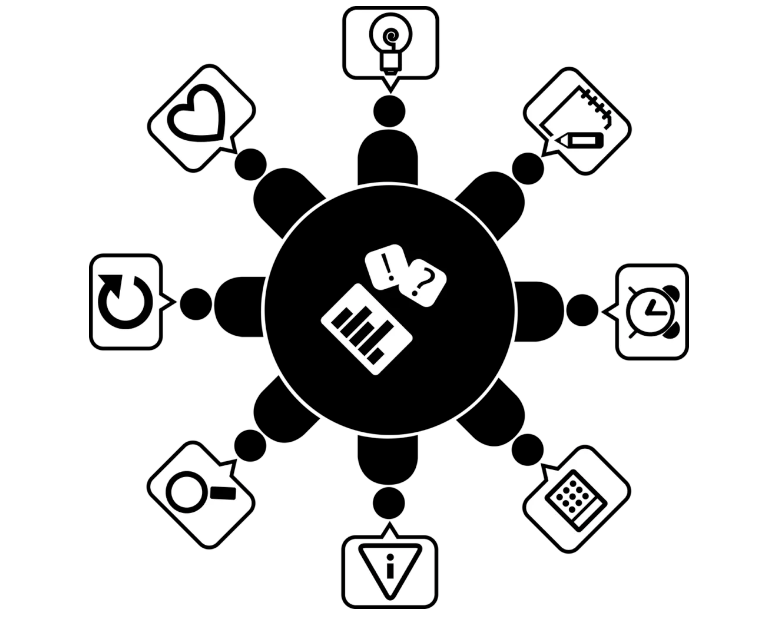
7. User Interaction
User interaction refers to all components that encourage users to engage with your website.
The key elements that have been discussed earlier, including quality content, seamless navigation, and fast loading speeds, all work together to create positive user interaction. However, there are other factors that also play a significant role.
You can think of social sharing, comment sections, and feedback forms. On top of that, your website’s responsiveness to visitors’ inquiries and the availability of customer support are also vital in promoting user interaction.
Strategic placement of buttons and other interactive elements, as well as their appearance and how they function, is also a consideration.
Based on the points above, it is clear that user interaction deals with addressing the user’s needs and preferences, which are important aspects of user experience – the next key element to be covered.
8. User experience
User experience (UX) refers to the user’s overall satisfaction, including ease of use and speed when they are navigating your website.
While it seems that the key elements previously discussed overlap with the concept of UX, there’s actually more to it. It takes into account the user persona, including how they feel and how they can accomplish their goals in relation to your brand, and the products or services you offer.
You can think of UX similarly to dining in a five-star restaurant. You are welcomed by courteous ushers who show you to your seat, are promptly served wonderful meals, and have all of your needs handled before you leave with a satisfied heart and stomach.
UX ensures everything is easy and convenient for the user, from the beginning to the end of their journey. This way, they are left with a similar sense of fulfillment as they would have after a wonderful dining experience.
9. Call to action
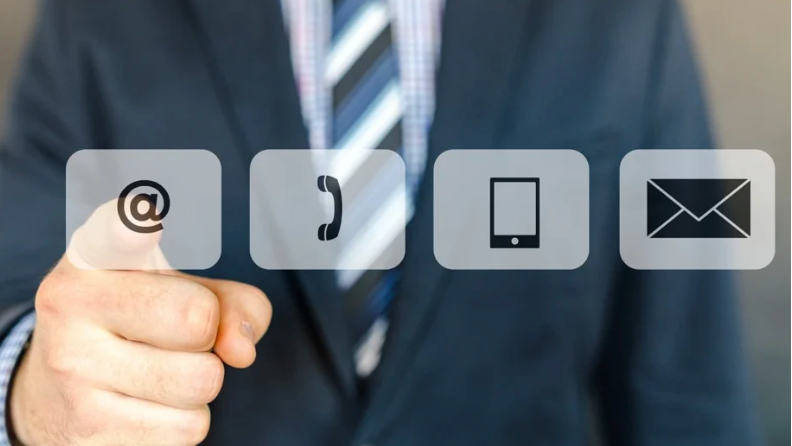
Surely, you have encountered buttons or links on websites that say things like, “Book a call now!”, “Leave a message.”, “Get 10% off your purchase!”.
These are all examples of calls to action.
Call to action (CTAs) are short and compelling statements that are strategically placed on websites to prompt users to take a specific action, like filling out a form or subscribing to a newsletter.
With that said, CTAs are vital for your website. Not only do these guide your visitors towards a specific goal but also help you achieve your desired outcomes for your business.
Creating a good and effective web design can take some time. It involves a lot of planning and research during the conceptualization stage and finding ways to stand out from your competitors, so you can provide a satisfying and fulfilling experience for your visitors.
Although it may require a significant amount of effort and resources, a good web design helps you avoid some of the things that can negatively impact your business, such as high bounce rates and dissatisfied customers. So, it is undoubtedly worth it for the success of your business.
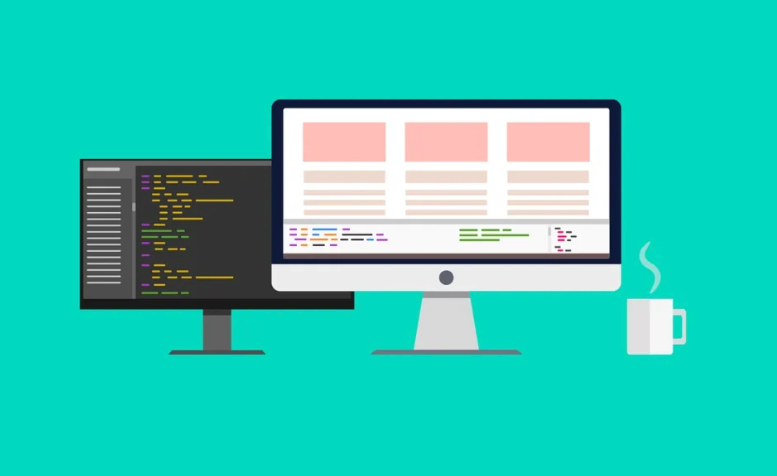
What is web development?
Web development is the process of building and managing your website. While web design is all about how a website looks and feels, web development ensures that the web design works the way it should.
This includes tasks such as coding, programming, customizing content management systems, and managing servers so that your website is able to function properly. To achieve this, web developers use a variety of software tools and programming languages.
During web development, you can expect a constant collaboration between web developers, web designers, and content creators. This guarantees that your website is optimized for user experience and is effective in achieving your business goals.
Types of web development
There are three main types of web development: Front-end development, back-end development, and full-stack development.
Let’s dig into each one.
1. Front-end development
Front-end development is the part of web development that focuses on what the user sees and interacts with. This includes the design responsiveness, user interface, website layout, color schemes, and other interactive elements like menus, buttons, media, and animation.
In essence, most of the design elements of a website are created here. Front-end developers use a variety of technologies such as HTML, CSS, and JavaScript to ensure that all design features function seamlessly for the user.
2. Back-end development
Back-end development, on the other hand, concentrates on what the user doesn’t see. It deals with algorithms, web servers, and databases, among other things, to ensure your website will be able to handle complex user interactions and data processing.
To provide a concrete example, think of payment processing systems for online payments. Back-end developers make sure that your website and the payment processing system are properly integrated so customers can purchase directly from your website.
This automates the handling of payments and securely records transactions in the business’s financial systems. As a result, the workflow becomes more efficient, streamlined, and automated. You’ll also be able to avoid or minimize common errors in manual data entry, resulting in a smoother experience for both customers and the business.
3. Full-stack development
Full-stack development is the process of integrating both the front-end and back-end of your website. In other words, it handles all the aspects of website development.
With their expertise in the former two types of web development, full-stack developers ensure the construction of a complete website that functions seamlessly. So, it’s safe to say that, to a certain degree, they can help you identify and solve problems more effectively since they can diagnose issues that take all aspects of the system into account.
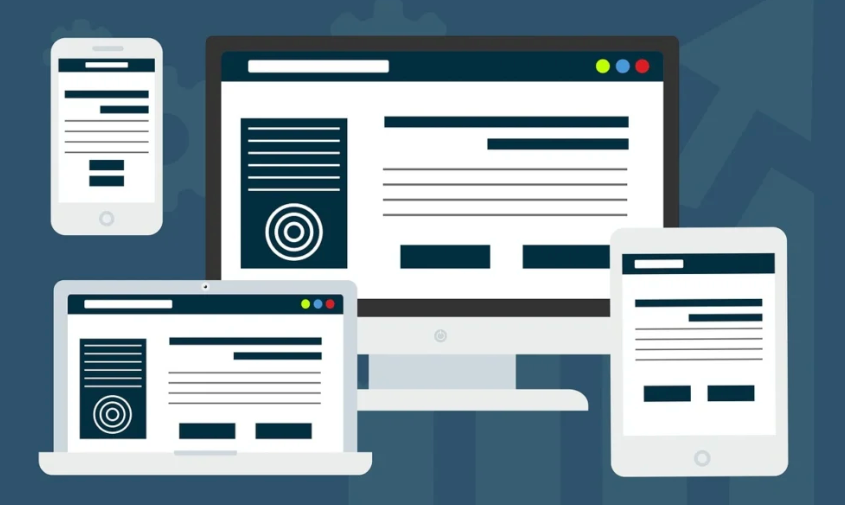
| Learn more about How much does a website cost in Australia?
Website development process
Six main stages make up the complex web development process. Let’s dive into each one below.
1. Design
The design stage is where your website’s visual appearance is developed. At this stage, you can expect web designers to create mockups of the website so you’ll have an initial preview of how the finished product would look when completed.
Typically, the design stage includes creating the layout, colour scheme, typography, and other visual elements, all of which must align with your brand’s mission and vision.
2. Review
Once the design stage is completed, both you and the web designer will need to review and examine the design carefully. Effective communication is key to this stage, as both of you will have to identify any issues or concerns and brainstorm solutions to address them.
Here, it is likely that there will be a series of revisions. The designer will continue to make adjustments based on your feedback until you both arrive at a final design.
It’s pretty common at this stage to become sidetracked by the desire to continuously improve the design. However, putting your focus on your brand identity, mission, and vision will help you stay on track and avoid unnecessary revisions.
3. Development
The development stage is where the actual construction of the website begins. This is where the website’s functionality is built, and your website is brought to life.
Using different programming languages and frameworks, the website developer builds the website’s front-end and back-end components. The design produced earlier and your feedback on web features and functionality serve as the foundation for developing the site.
Here, there may be some initial testing done to check for any bugs or glitches that affect the performance and functionality of specific website features. Once a preliminary version of the website is complete, it can “officially” be tested.
4. Testing
The testing stage is where your website is thoroughly tested to ensure that it meets the desired quality and functionality. In this stage, the web developer will identify and fix any issues or bugs before your website is launched.
Various tests can take place here. This includes checking for broken links, compatibility with different devices and browsers, and others related to functionality, usability, speed, compatibility, and security.
The development stage and testing stage of website design often involves a back-and-forth process as bugs or issues are identified and need to be rectified and tested again. This iterative process continues until the website is fully functional and meets the desired quality standards.
5. Launch
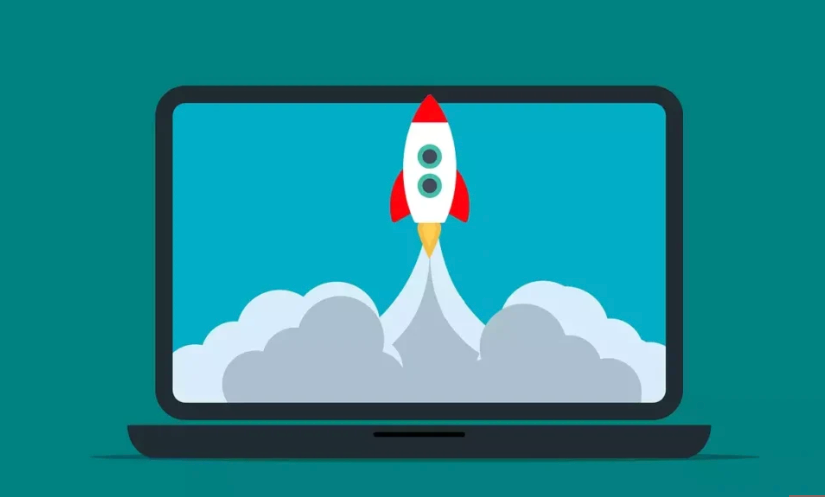
Once your website has been designed, reviewed, developed, and tested, it’s time to launch it. This is an exciting stage as it’s where your website goes live and is made available to the public.
However, do note that there’s more to the launching stage than just making it publicly available. Other important considerations for this stage include web hosting, domain name registration, search engine optimization, and analytics setup.
6. Maintenance
The website maintenance stage involves making regular updates and maintenance to ensure that your website continues to function effectively. This includes updating content, fixing new issues, and keeping the website’s security up-to-date.
It’s important to keep your website maintained so that it continues to meet the desired quality and functionality, as well as to keep up with trends. As such, periodic iterations of the development stage, testing, and launching may be necessary.
Web design vs web development
Let’s take a moment to review what we discussed earlier about the distinction between web design and web development.
Essentially, web design is all about creating the look and feel of a website, while web development involves creating and maintaining its functionality, interactivity, and user experience.
To provide another way of looking at these two closely related but distinct parts of creating a website, let’s explore what a web developer and a web designer are capable and incapable of doing.
| Can | Can not | |
| Website Designer | Create wireframes and prototypes Design website layout, color schemes and typography. Work with visual design tools such as Adobe Photoshop or Sketch | Write code or scripts. Debug a website or fix functionality issues |
| Website Developer | Write code in programming languages such as HTML, CSS, JavaScript, and PHP Develop and maintain the website’s back-end structure. Work with frameworks and libraries. Manage web servers and databases | Create designs or graphics. Develop complex user interfaces without collaboration with web designers |
As you can see, there certainly are notable differences between these two areas.
And with that begs the question…
Web designer and web developer: Can one person wear both hats?
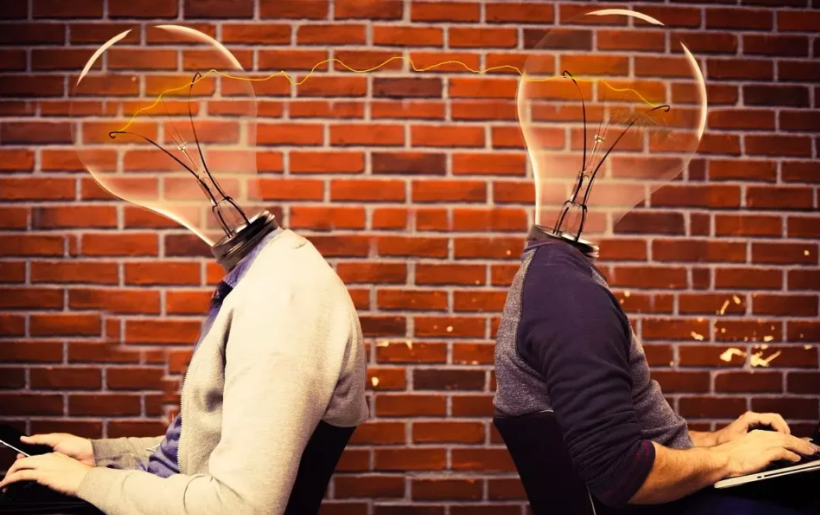
The short answer is, yes, one person can be a web designer and web developer at the same time. Nowadays, there are what we call web designer-developer hybrids who have the ability to seamlessly bridge the gap between design and development.
However, the better question would be, Is it a good idea to hire one? For us, it depends on how big your project actually is.
For smaller projects, having them on your team can be a real asset, They understand both the aesthetic and functional aspects of a website, which allows them to effectively translate and execute ideas from conceptualization to implementation.
That said, for bigger projects, it’s often better to have separate people handling the design and development aspects of a website. This helps ensure that each person can focus on their area of expertise and deliver the best results.
Eventually, hiring a hybrid designer-developer depends on your business goals, including your timeframes and system among many others.
Why should you hire a web developer and designer?
Hiring a web developer and designer comes with a lot of advantages, and this is mainly because of their deep experience, expertise, and skills in using the latest technologies and trends for making high-quality websites.
So, what advantages do you get as someone looking to hire a web developer and designer?
- You’ll be able to focus more on running the other important aspects of your business.
- You’ll have peace of mind knowing that your website is in the hands of experts who have a strong grasp on the principles of a good website design
- You’ll get a website that is tailored to the specific needs of your business, including your brand messaging and the required functionalities.
- You’ll most likely be able to save more bucks since you get to avoid the typical errors and pitfalls that may occur if you were to do it on your own.
KBA Web has a committed team of expert web developers and designers who can help you create the website you envision for your business. And if you do already have a website and you’re just looking to do some improvements or major revamps to enhance your site, we can help you with that too.
We do pride ourselves on our commitment to transparency. So, when you work with us, expect that you’ll be in the loop every step of the way.
If you’re a small business just starting out, you can benefit from small business website packages. However, even if you’re a medium-sized or large company, our web design packages are still pretty affordable. You can expect to get the same high-quality results as other web design agencies that charge more.
Final thoughts
Now that you already have an idea of what web design and web development are, including the differences between the two, and what makes a good and effective website design, you should now have a better understanding of the work that goes into creating your website.
Plus, with this understanding, you should also be able to make better decisions when it comes to finding the most suitable website design and development company to work with, so you’ll have a website that can truly meet your needs.


